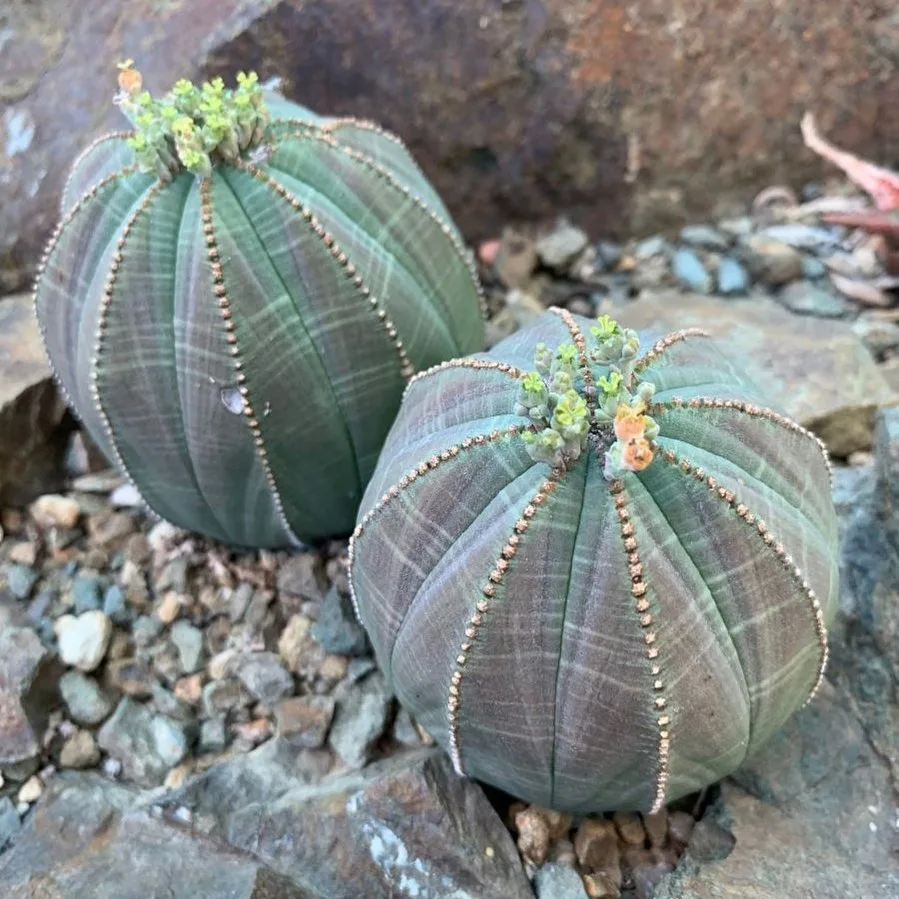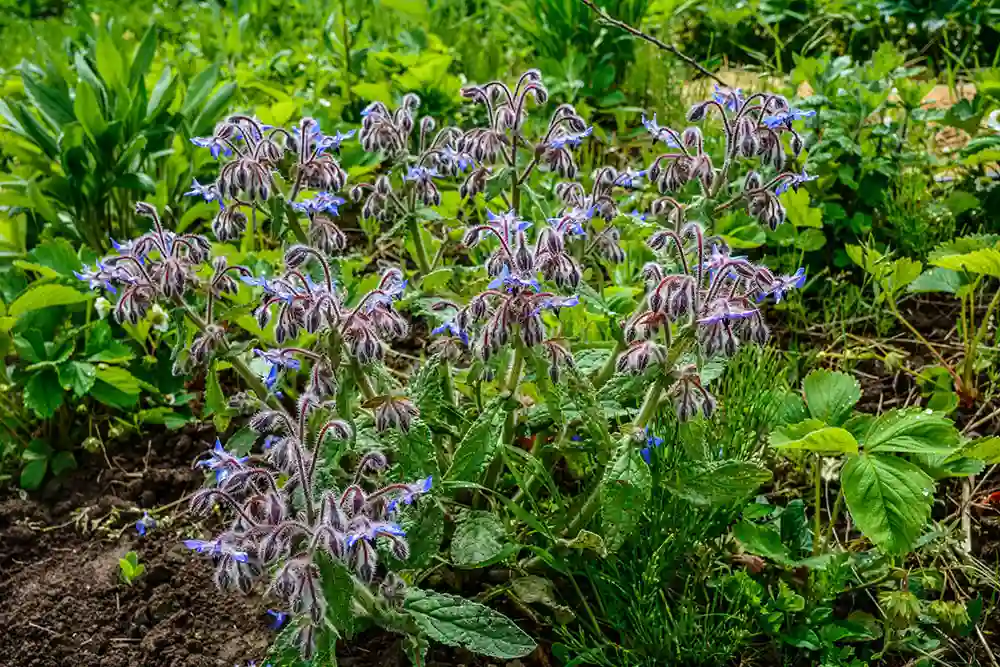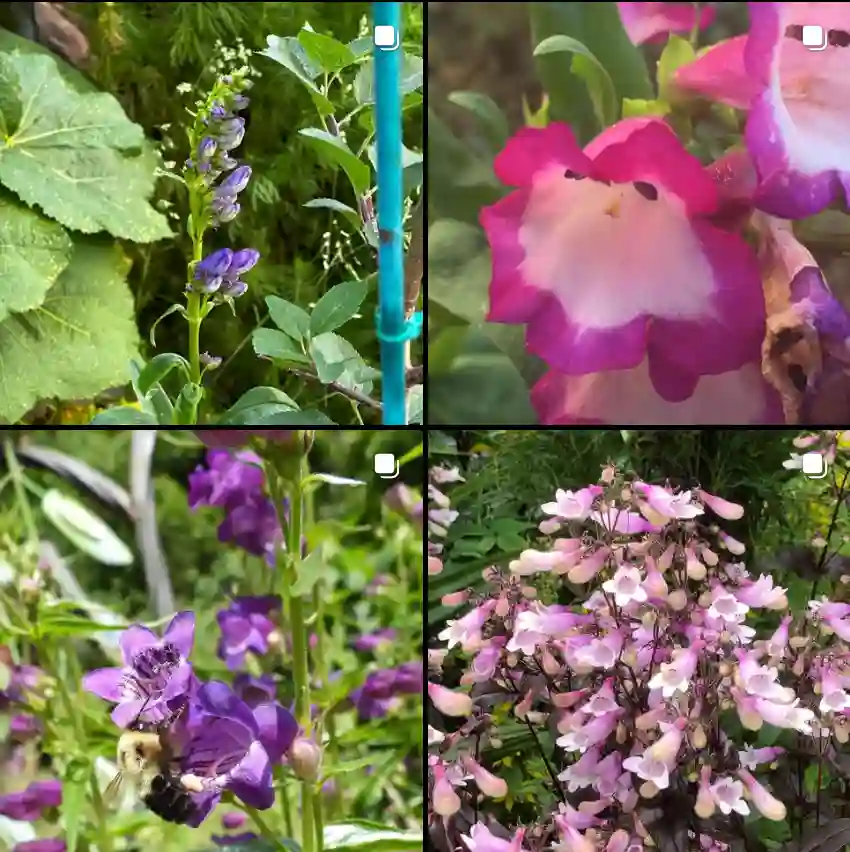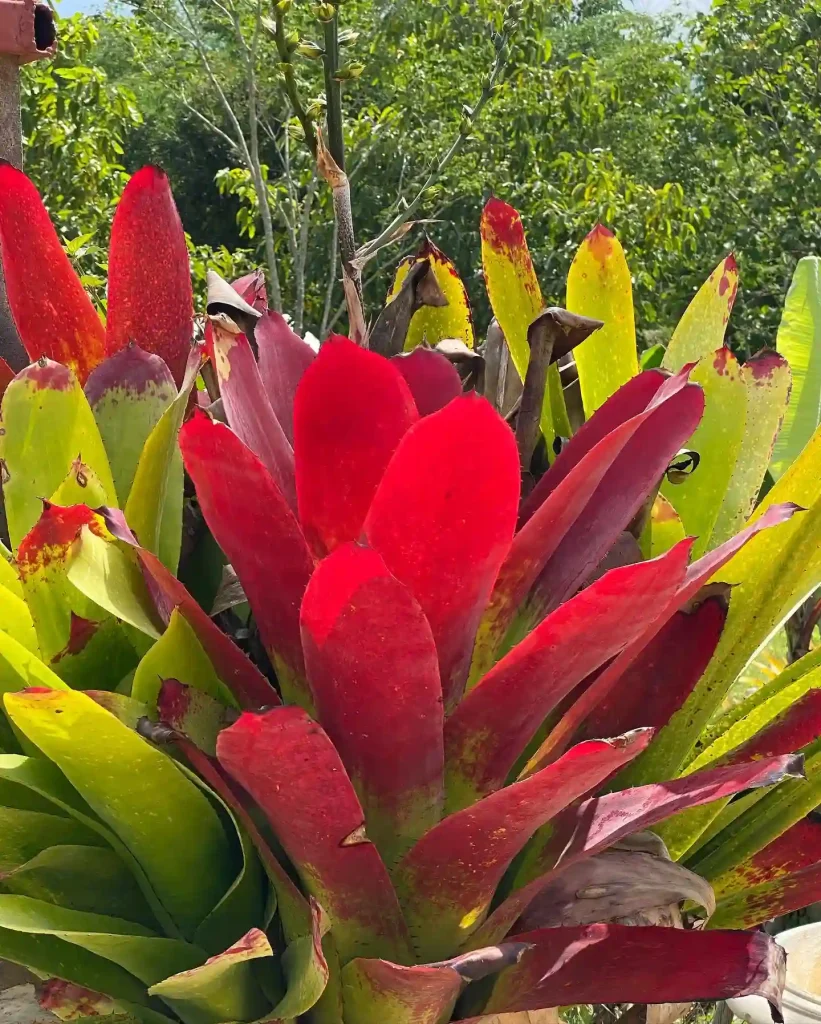All About Sempervivum Cebenese: The Cobweb Houseleek with Character
Hi there, Ferb Vu here! As a succulent enthusiast, I frequently come across the captivating Sempervivum Cebenese, also known as the Cobweb Houseleek. This little wonder has stolen the hearts of many with its unique appearance and resilience. Today, I’m here to answer all your burning questions about this fascinating succulent.
65 Species in Genus Sempervivum
What is Sempervivum Cebenese?
Sempervivum Cebenese is a captivating succulent belonging to the Crassulaceae family. Hailing from the lofty heights of Europe, it thrives in cooler climates. This little gem forms rosettes of pale green leaves, boasting a diameter of around 3 inches. The defining characteristic of Cebenese lies in its densely packed, hair-like margins. These fine hairs create a beautiful, web-like effect, giving rise to its nickname, the Cobweb Houseleek.
How Does Cebenese Differ from Other Sempervivum Varieties?
The Sempervivum genus boasts a diverse range of succulents, each with its own charm. Here’s a quick comparison of Cebenese with some of its popular cousins:
- Sempervivum tectorum: This classic houseleek is known for its tightly packed rosettes of green or reddish leaves. Unlike Cebenese, it lacks the signature webbing.
- Sempervivum arachnoideum: Cebenese is actually a cultivar of Sempervivum arachnoideum, also known as the Spiderweb Houseleek. They share the webbed characteristic, but Cebenese tends to have a denser webbing and a larger rosette size.
- Echeveria: While both are succulents, Echeveria belongs to a different genus. Echeveria boasts flatter, wider rosettes with smooth, plump leaves. They generally require more delicate care compared to the hardy Cebenese.
Is Sempervivum Cebenese Easy to Care For?
Absolutely! Cebenese is a succulent dream for beginners. Here’s what makes it so easygoing:
- Cold Tolerance: Unlike many succulents, Cebenese thrives in cooler climates. It can withstand freezing temperatures and even survive under a blanket of snow!
- Low Maintenance: This little champion requires minimal watering, making it perfect for those with busy schedules.
- Full Sun or Partial Shade: Cebenese adapts well to a range of light conditions. Just ensure it receives some sunlight each day.
- Well-Draining Soil: This is crucial for all succulents, including Cebenese. Opt for a cactus mix or create your own blend with perlite for optimal drainage.
How Do I Grow a Thriving Sempervivum Cebenese?
Here’s a quick guide to cultivating a happy and healthy Cebenese:
- Planting: Choose a pot with drainage holes and well-draining succulent mix. Plant your Cebenese, ensuring the base of the rosette sits slightly above the soil level.
- Watering: Water deeply when the soil feels completely dry to the touch. Avoid overwatering, as this can lead to rot.
- Light: Provide your Cebenese with at least 4-6 hours of sunlight daily.
- Fertilization: Fertilization is generally not necessary. However, if desired, you can use a diluted succulent fertilizer sparingly during the active growing season (spring and summer).
Does Sempervivum Cebenese Reproduce?
Yes, Cebenese is a prolific reproducer! It produces offsets, also known as “chicks,” on long stolons that emerge from the base of the mother plant. These chicks can be left to create a charming cluster or carefully removed for propagation.
What are the Common Pests and Diseases Affecting Sempervivum Cebenese?
Due to its thick, hairy leaves, Cebenese is relatively pest and disease resistant. However, keep an eye out for:
- Mealybugs: These cottony white insects can suck the sap from your succulent. Treat them with insecticidal soap or neem oil.
- Rot: Overwatering can lead to rot. Ensure proper drainage and avoid soggy soil.
With minimal care, you can enjoy the beauty and resilience of Sempervivum Cebenese for years to come. So, why not add this captivating succulent to your collection?
If i die, water my plants!



